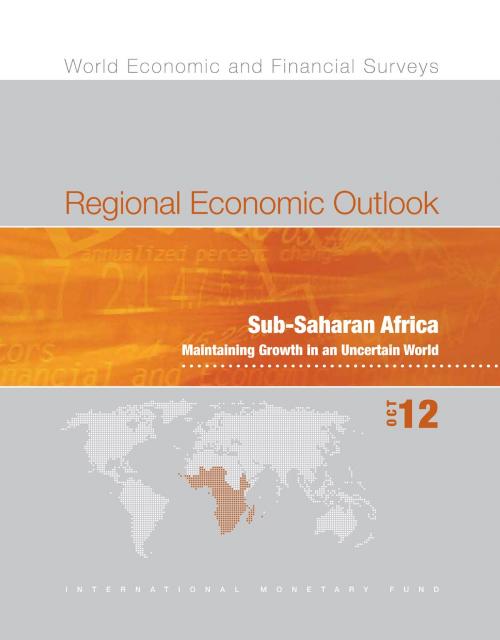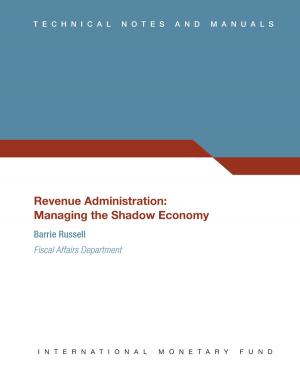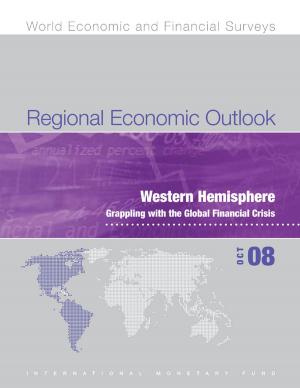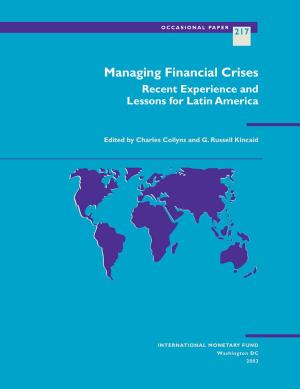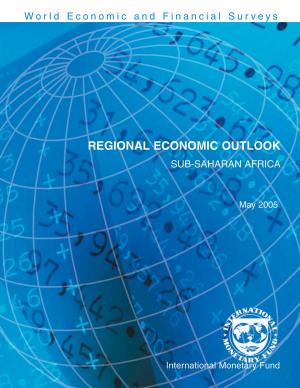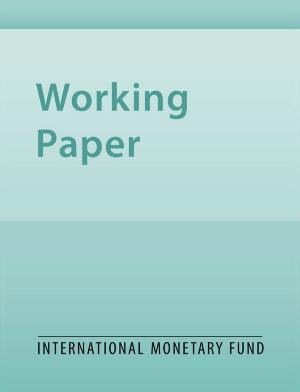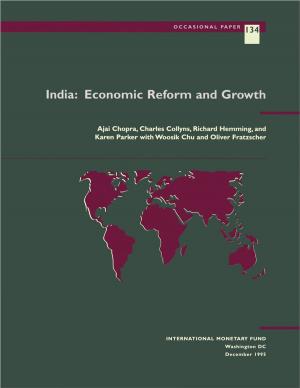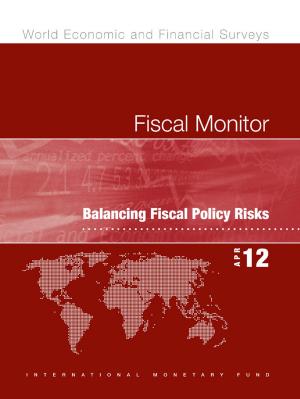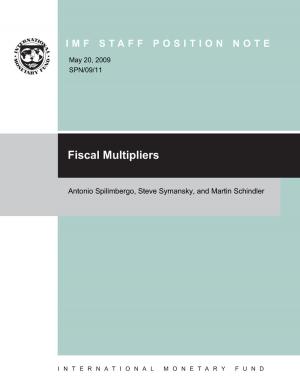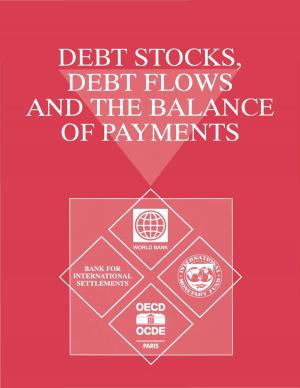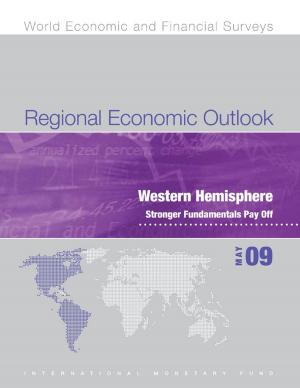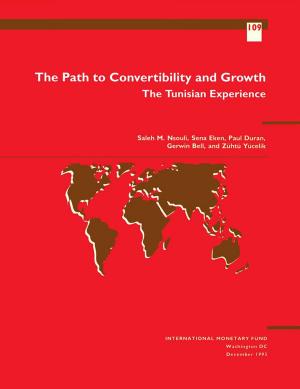Regional Economic Outlook, October 2012: Sub-Saharan Africa - Maintaining Growth in an Uncertain World
Business & Finance, Economics, International Economics, Macroeconomics, Nonfiction, Social & Cultural Studies, Political Science, Politics, Economic Policy| Author: | International Monetary Fund. African Dept. | ISBN: | 9781475511857 |
| Publisher: | INTERNATIONAL MONETARY FUND | Publication: | October 15, 2012 |
| Imprint: | INTERNATIONAL MONETARY FUND | Language: | English |
| Author: | International Monetary Fund. African Dept. |
| ISBN: | 9781475511857 |
| Publisher: | INTERNATIONAL MONETARY FUND |
| Publication: | October 15, 2012 |
| Imprint: | INTERNATIONAL MONETARY FUND |
| Language: | English |
Economic conditions in sub-Saharan Africa have remained generally robust despite a sluggish global economy. The near-term outlook for the region remains broadly positive, and growth is projected at 5¼ percent a year in 2012-13. Most low-income countries are projected to continue to grow strongly, supported by domestic demand, including from investment. The outlook is less favorable for many of the middle-income countries, especially South Africa, that are more closely linked to European markets and thus experience a more noticeable drag from the external environment. The main risks to the outlook are an intensification of financial stresses in the euro zone and a sharp fiscal adjustment in the US--the so-called fiscal cliff.
Economic conditions in sub-Saharan Africa have remained generally robust despite a sluggish global economy. The near-term outlook for the region remains broadly positive, and growth is projected at 5¼ percent a year in 2012-13. Most low-income countries are projected to continue to grow strongly, supported by domestic demand, including from investment. The outlook is less favorable for many of the middle-income countries, especially South Africa, that are more closely linked to European markets and thus experience a more noticeable drag from the external environment. The main risks to the outlook are an intensification of financial stresses in the euro zone and a sharp fiscal adjustment in the US--the so-called fiscal cliff.
